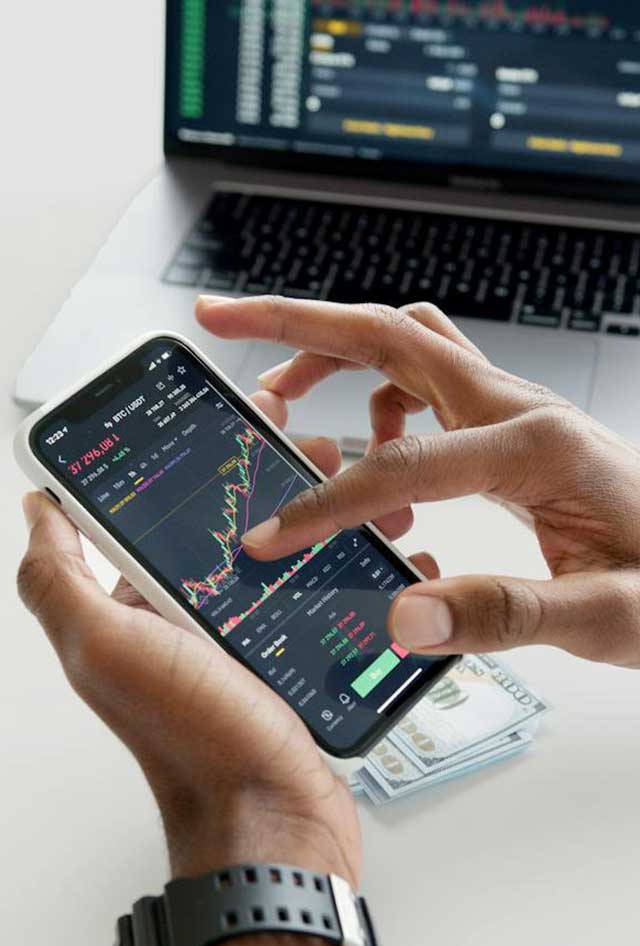Consolidation in the Reinsurance Market: A Tug-of-War for Brokers and Cedents
The reinsurance landscape is shifting underfoot, reshaped by a wave of mergers and acquisitions (M&A). This consolidation, while exciting, presents both opportunities and challenges for brokers and cedents (insurance companies buying reinsurance). Navigating this evolving terrain requires a keen understanding of the driving forces behind the M&A wave and its potential impact on your reinsurance strategy.
Drivers of Consolidation:
- Synergy and Scale: Mergers aim to unlock cost efficiencies, expand market reach, and diversify product offerings. Larger reinsurers gain economies of scale in operations and risk management, potentially offering cedents more competitive rates.
- Capital Optimization: The influx of alternative capital providers like hedge funds and ILS (insurance-linked securities) has put pressure on traditional reinsurers. M&A helps them access new capital pools and optimize their own.
- Technology and Innovation: The need for faster risk assessment and product development drives consolidation. Mergers bring together talent and resources to invest in cutting-edge technologies like AI and data analytics.
Implications for Brokers and Cedents:
- Fewer Options, Greater Pricing Power: A smaller pool of reinsurers could lead to reduced competition and tighter terms for cedents. Brokers will need to leverage their negotiating expertise to secure competitive deals.
- Shifting Relationships: Consolidation can mean new contacts and potentially unfamiliar approaches. Brokers must foster strong relationships with the merged entities to maintain smooth reinsurance placements.
- Specialization and Expertise: Larger reinsurers may develop specialized offerings in specific lines of business or niche markets. Cedents and brokers will need to identify the right partner with the most relevant expertise for their unique risk profile.
- Technology Opportunities: Reinsurers investing in advanced technology tools may offer improved data-driven risk analysis and risk transfer solutions. Brokers can partner with these reinsurers to offer enhanced value to their clients.
Opportunities Amidst the Change:
While consolidation presents challenges, it also opens doors for proactive brokers and cedents.
- Increased Capacity and Coverage: Larger reinsurers may have enhanced capacity to absorb larger risks, providing access to broader coverage options for cedents.
- Improved Risk Management Tools: Access to the combined expertise and technology of merged entities can offer cedents more sophisticated risk management tools and risk transfer solutions.
- Streamlined Processes: Consolidation can lead to simplified reinsurance placement processes, potentially reducing administrative burdens for brokers and cedents.
The Road Ahead:
The reinsurance market’s M&A journey is ongoing, shaping the future of risk transfer. Brokers and cedents must stay informed, adaptable, and ready to partner with the right reinsurers. By carefully considering the evolving landscape and the opportunities it presents, they can navigate the consolidation wave and secure the best possible reinsurance solutions for their clients.













